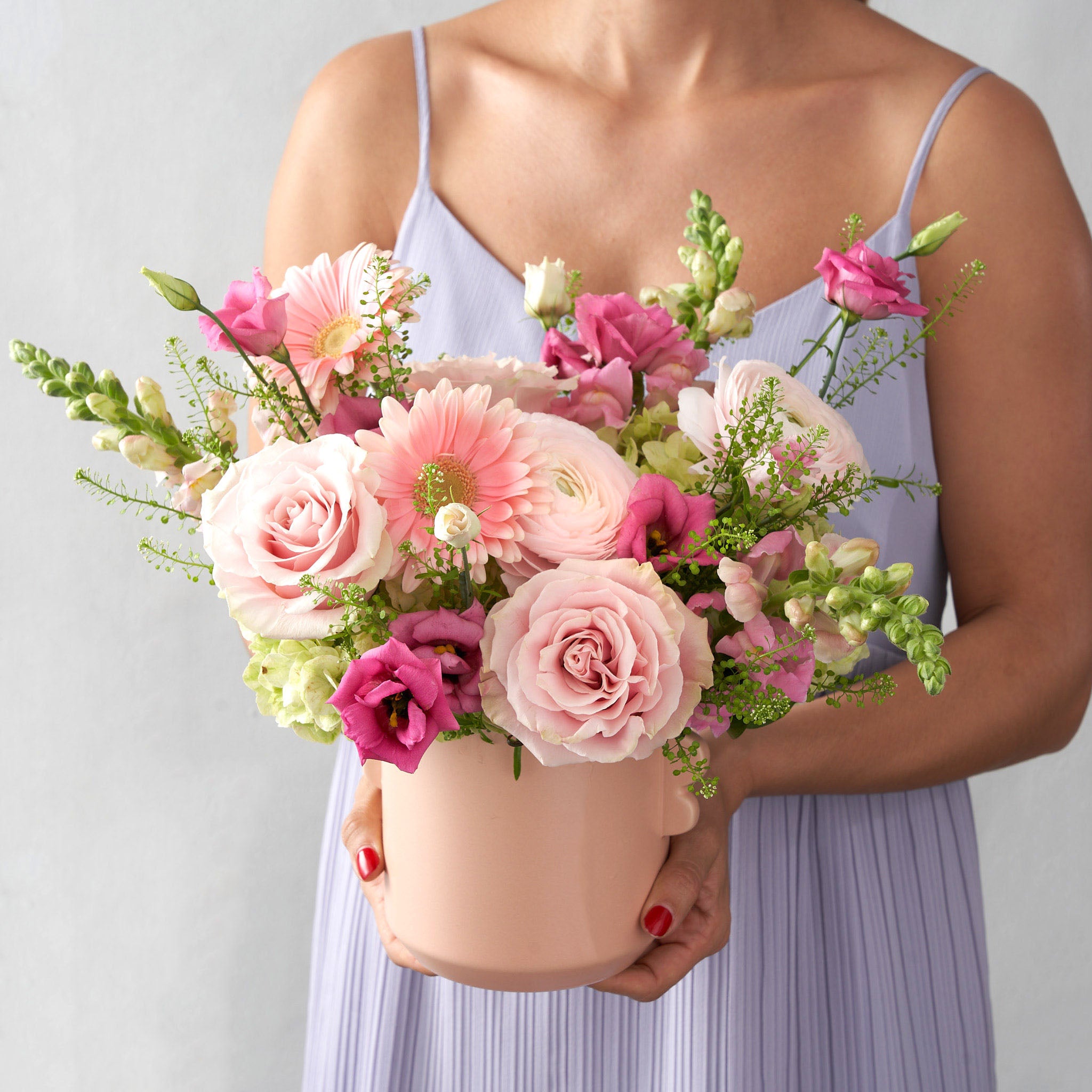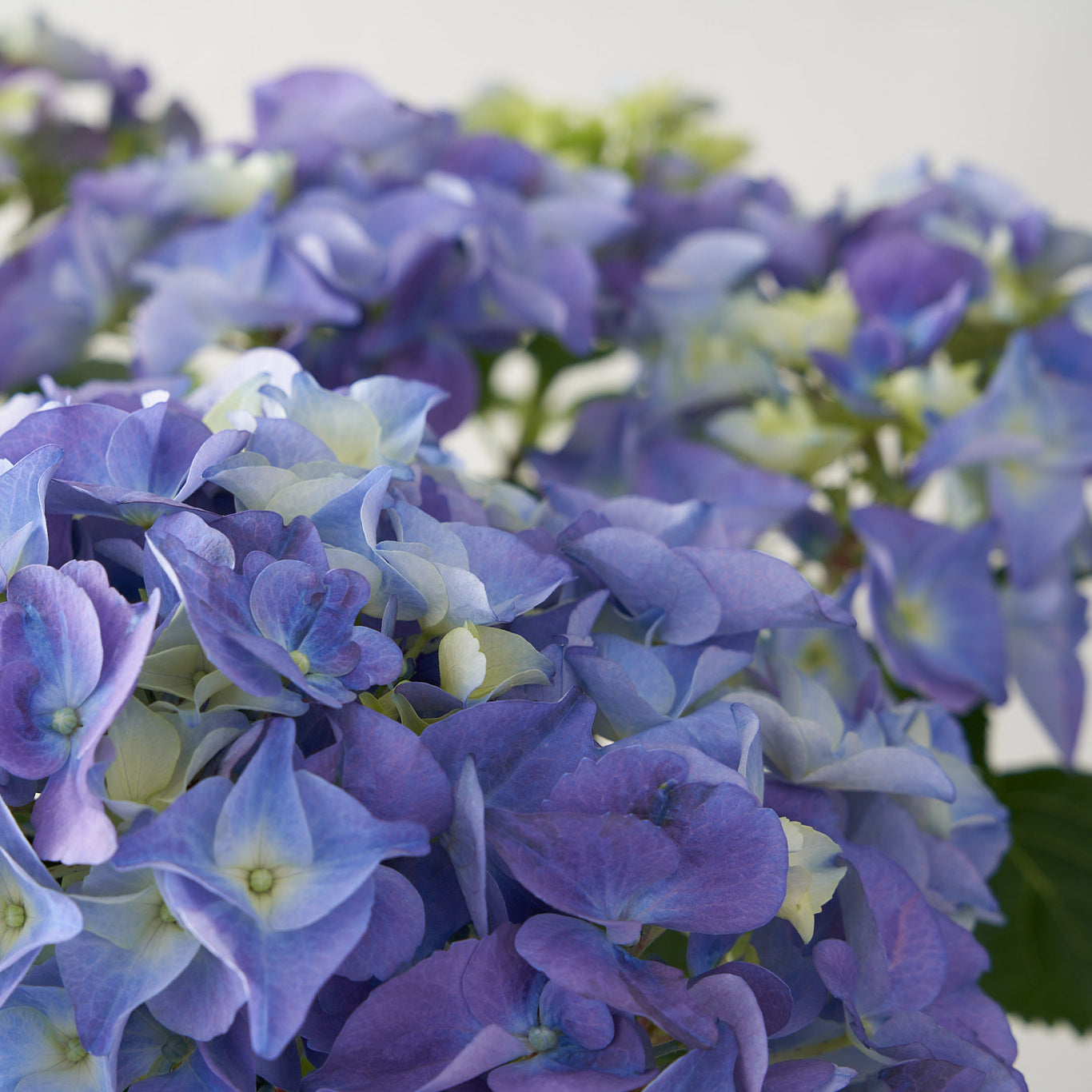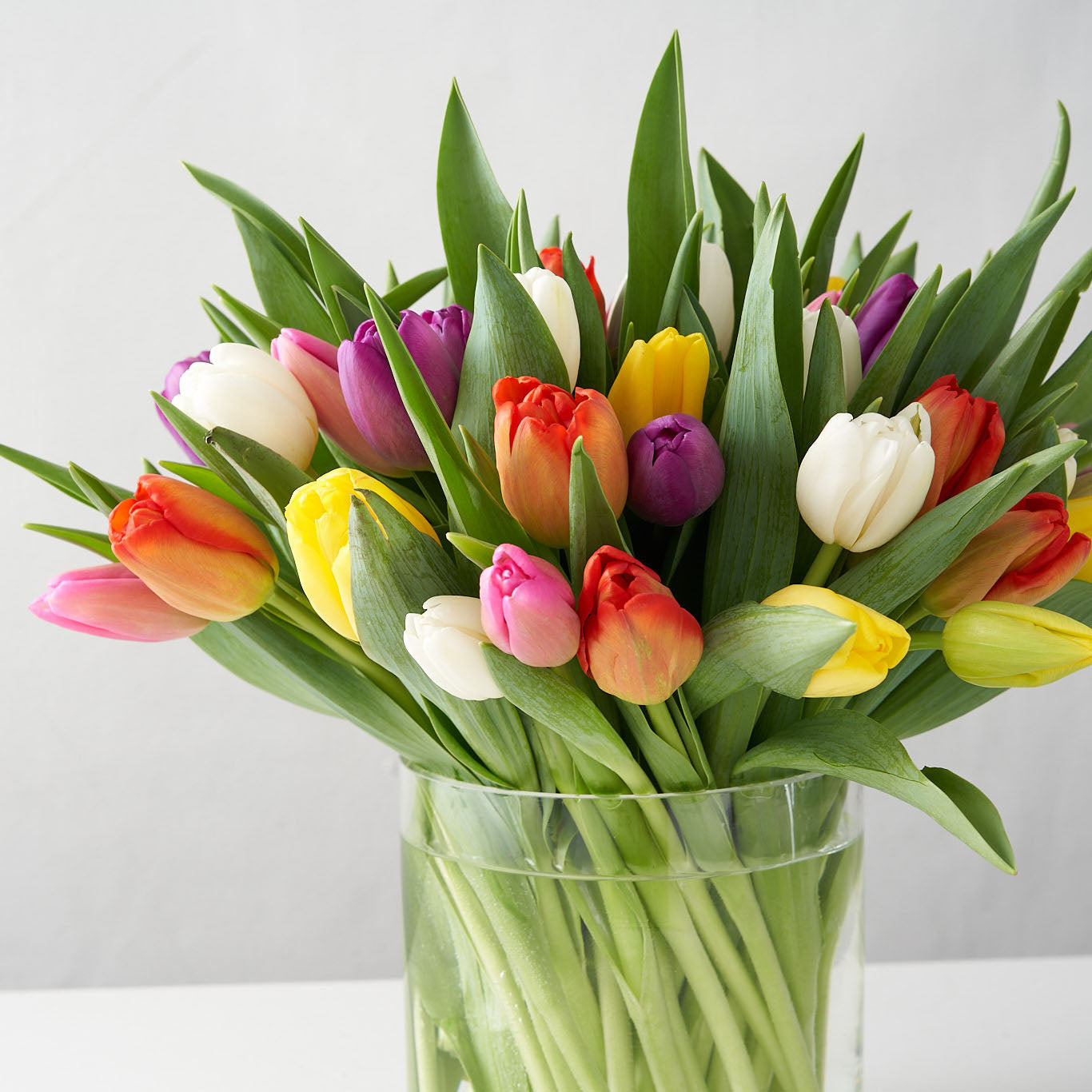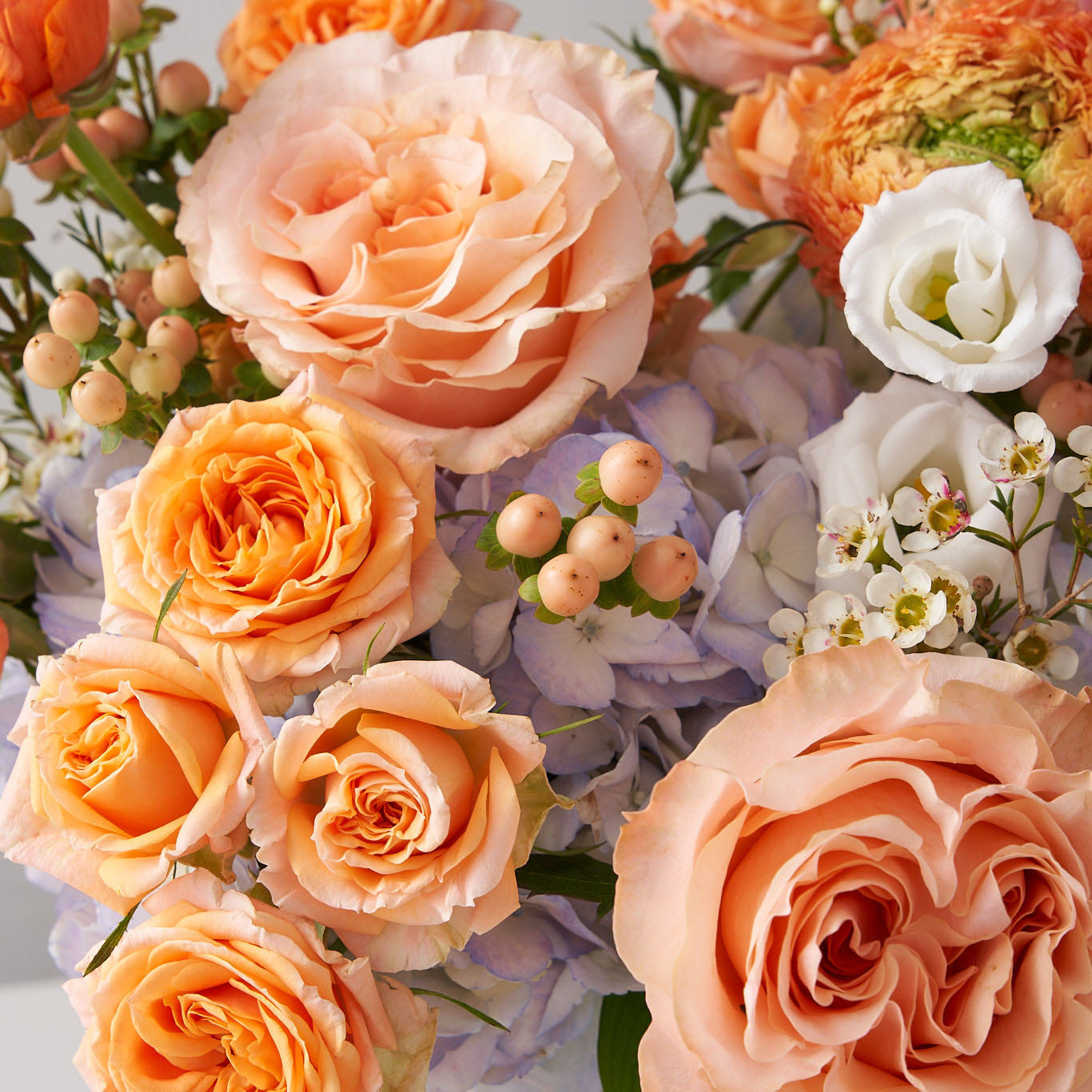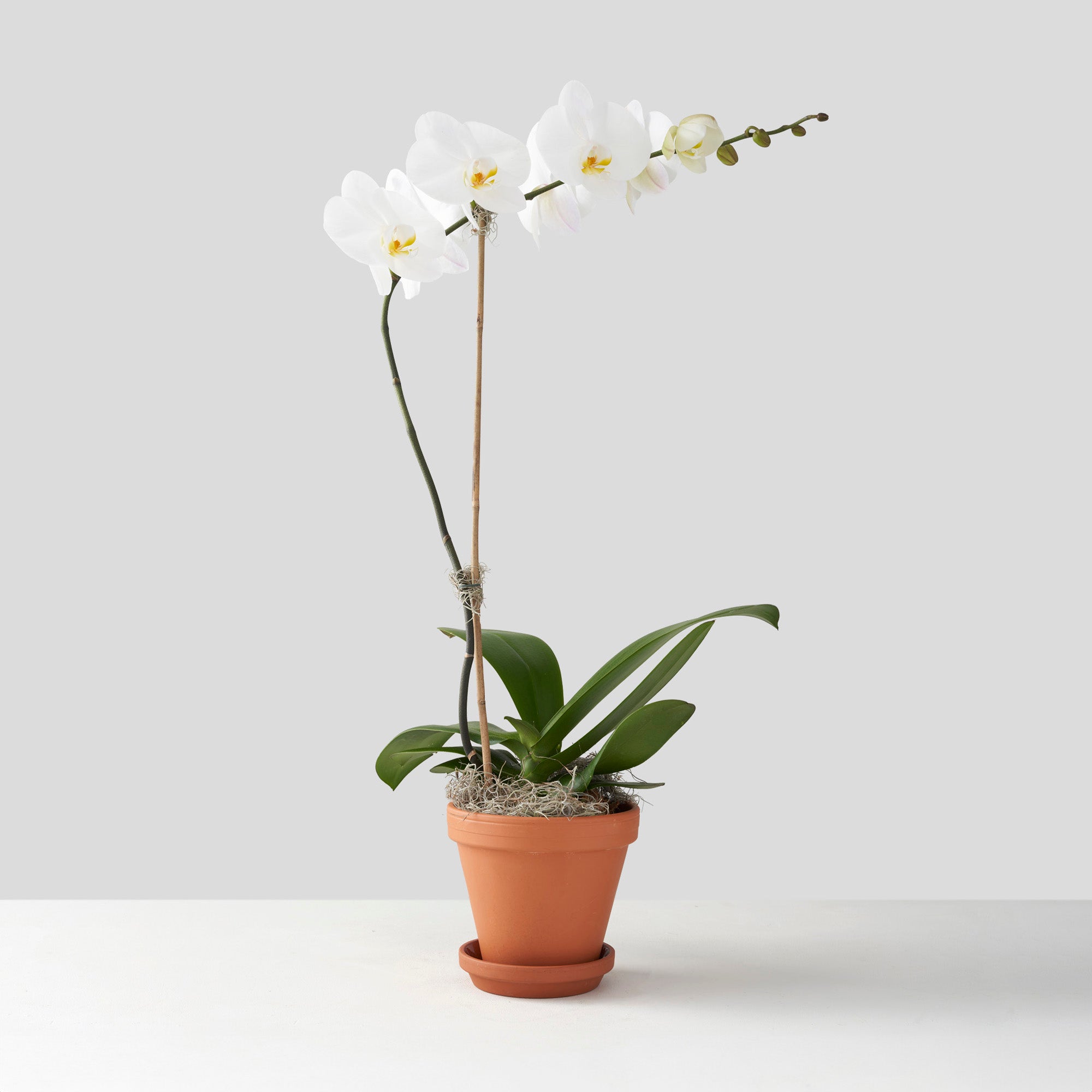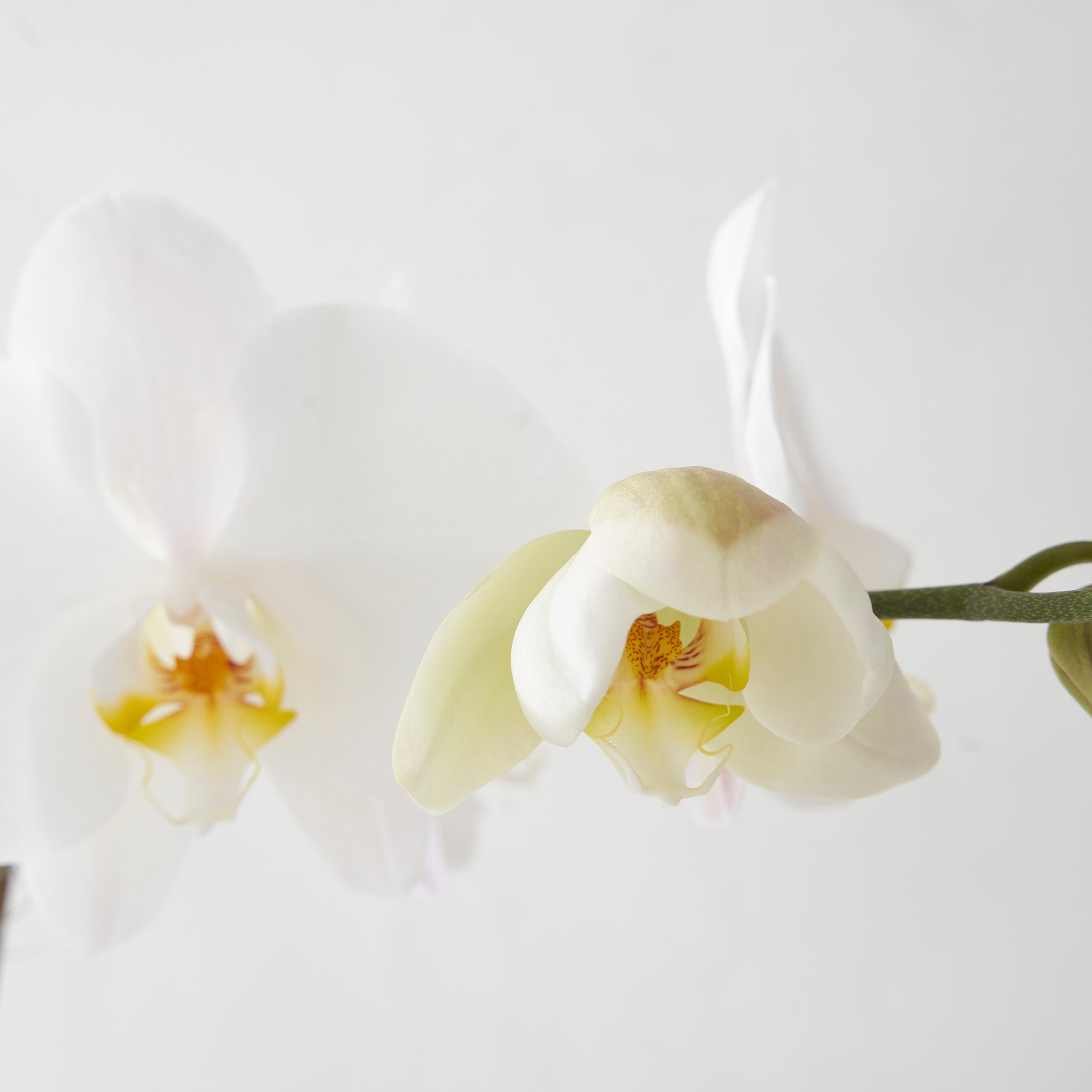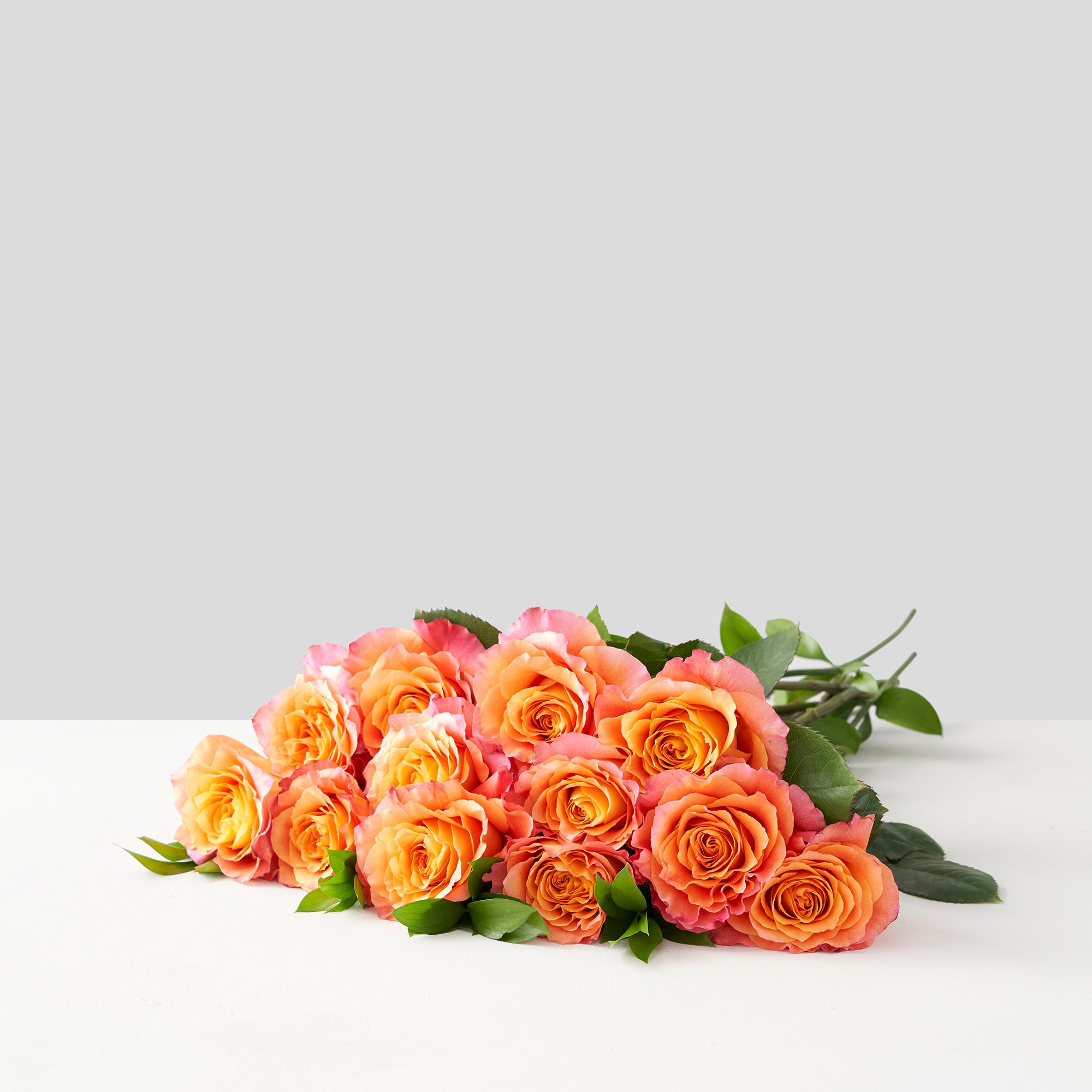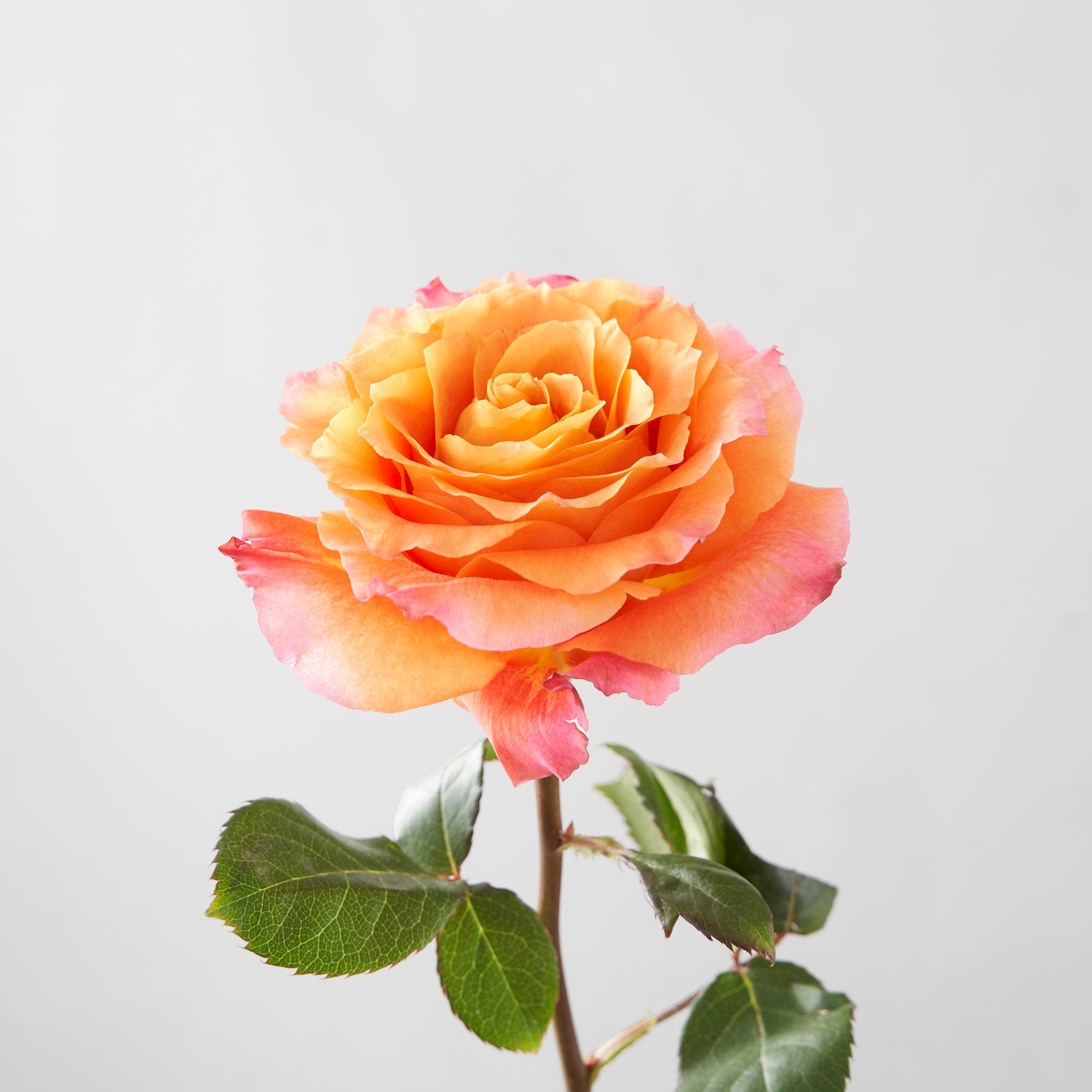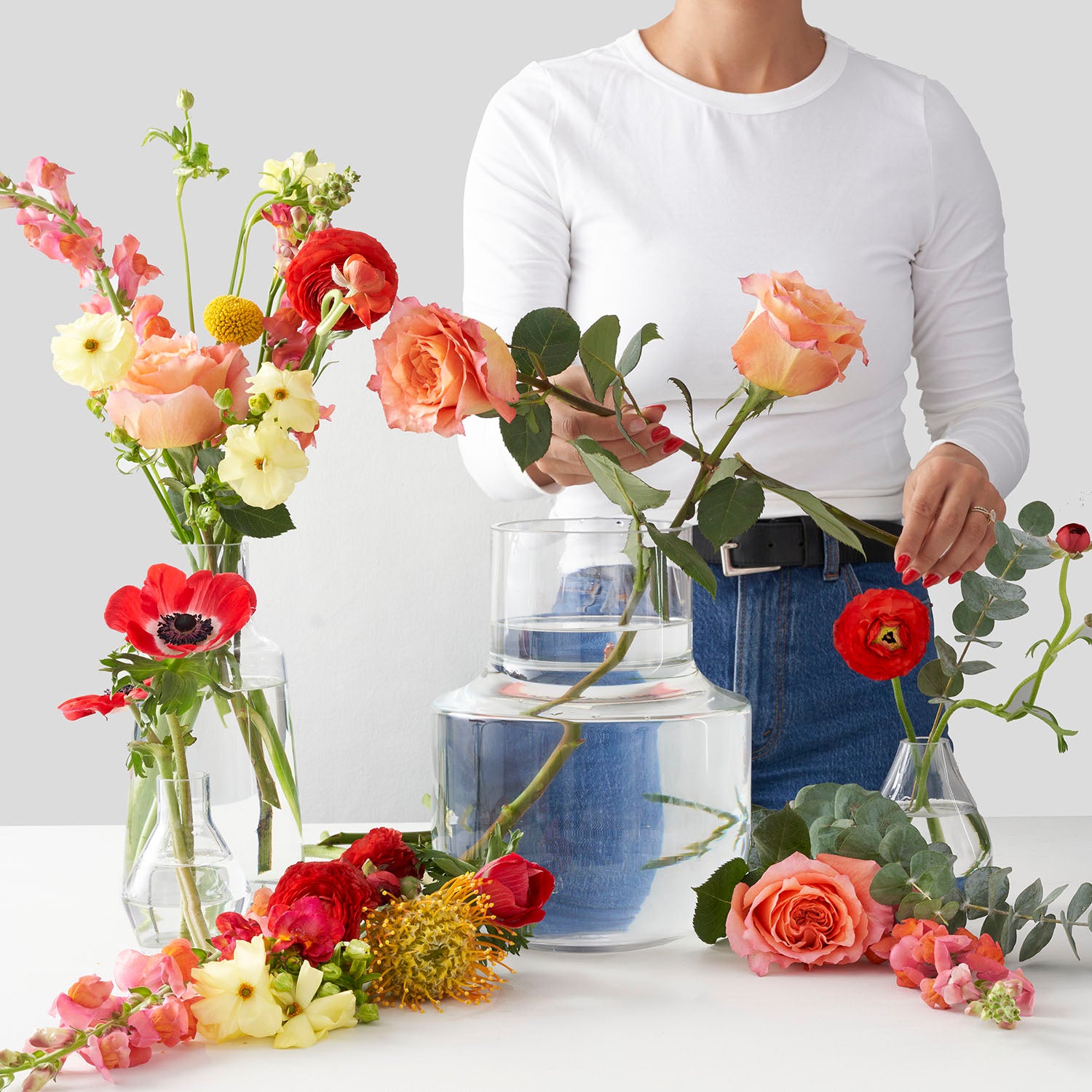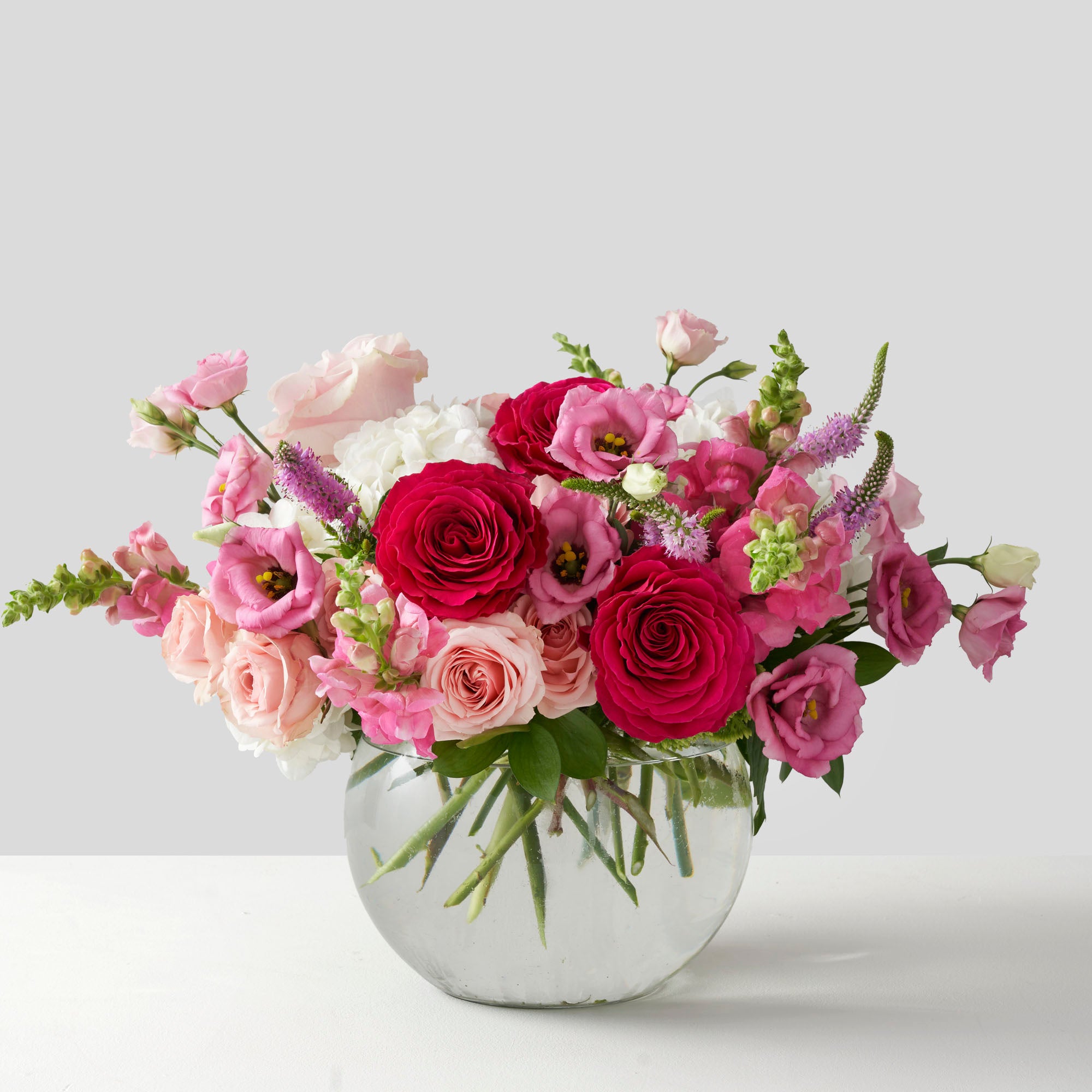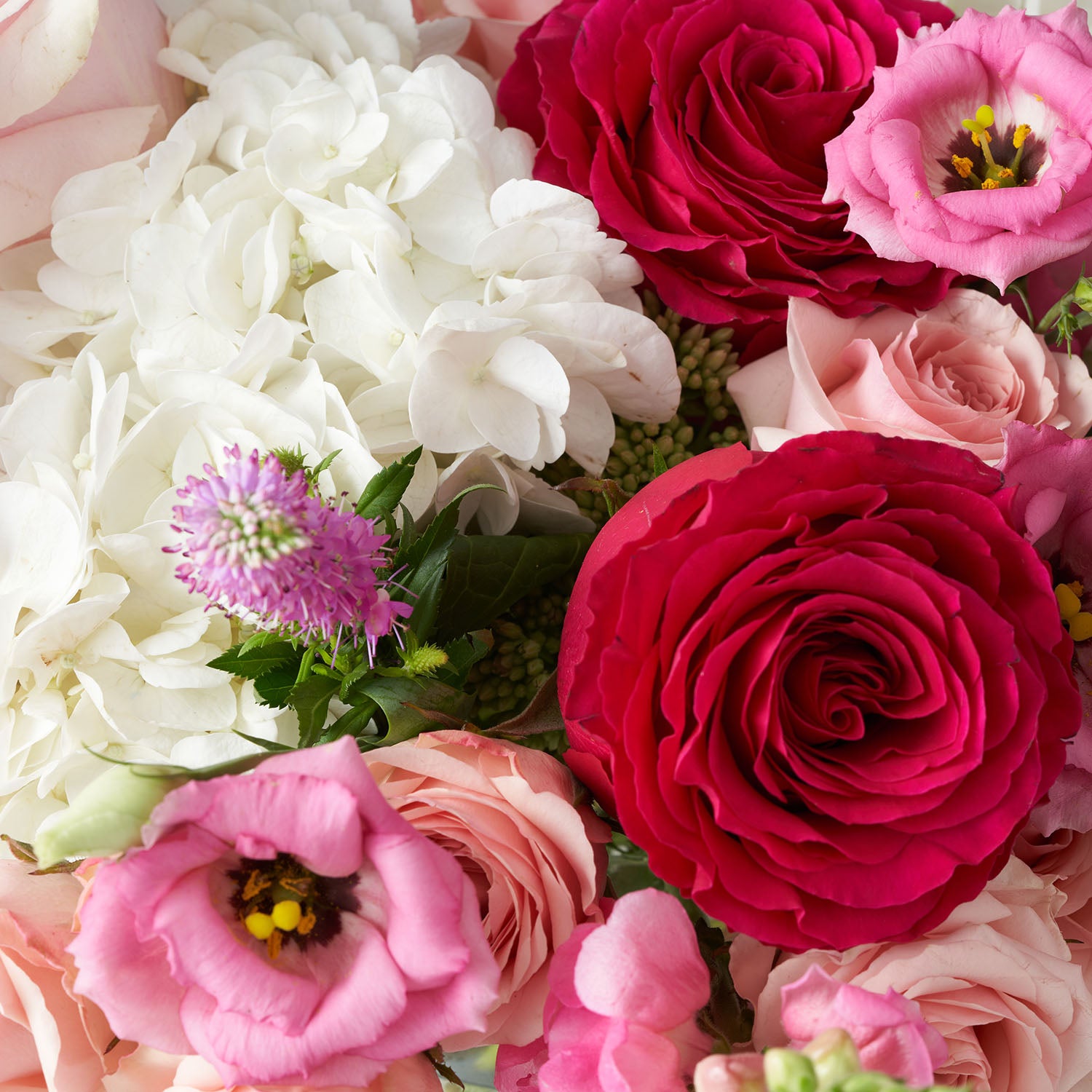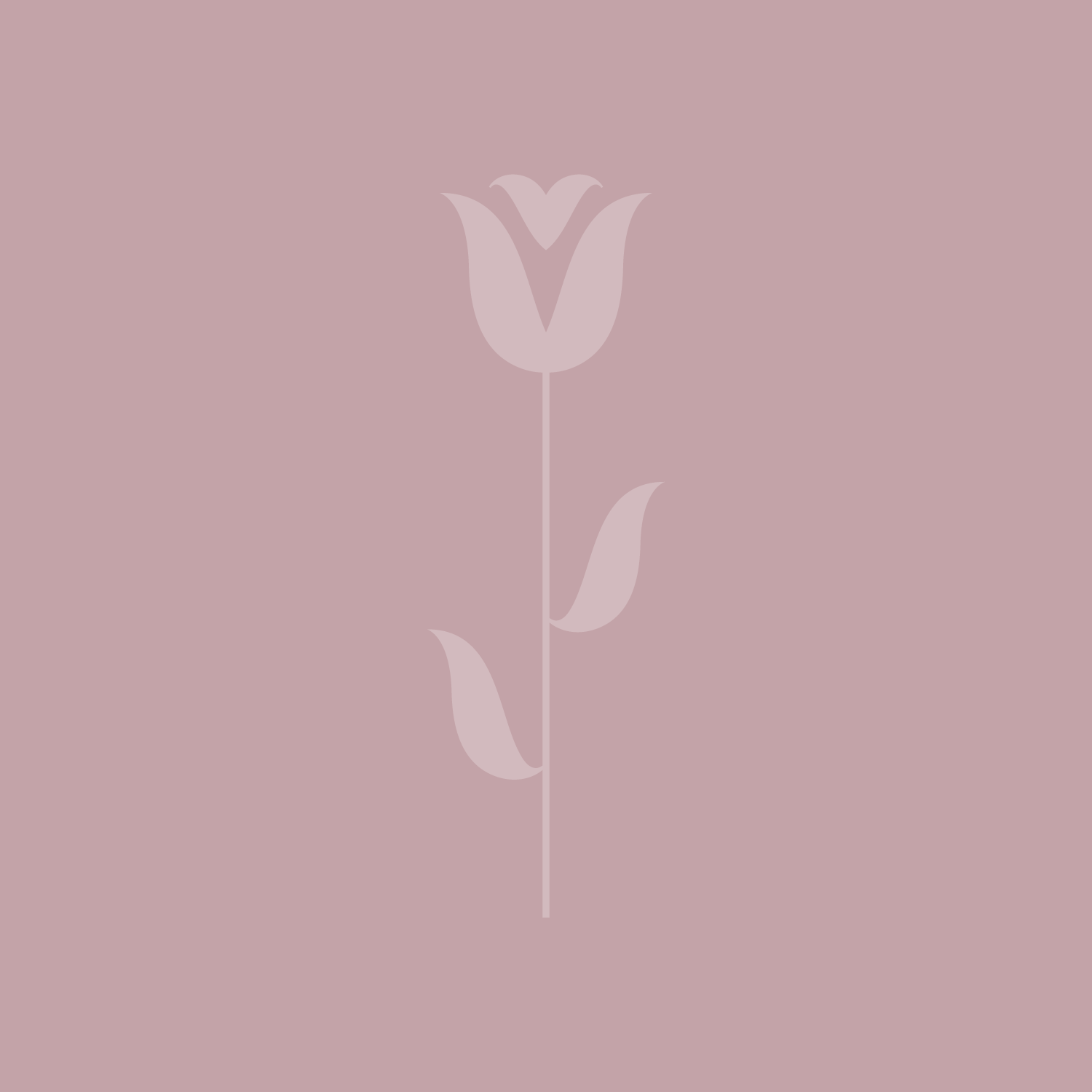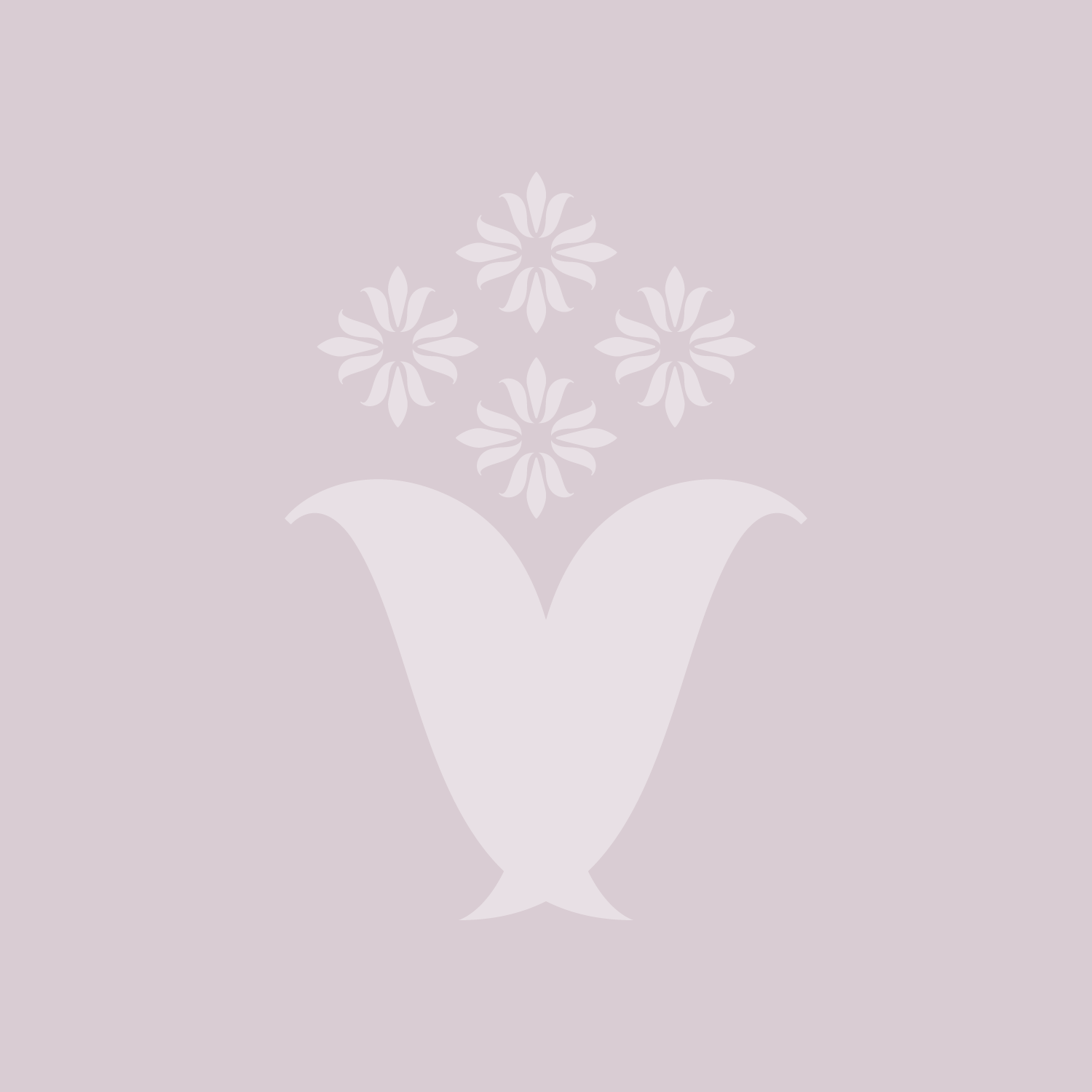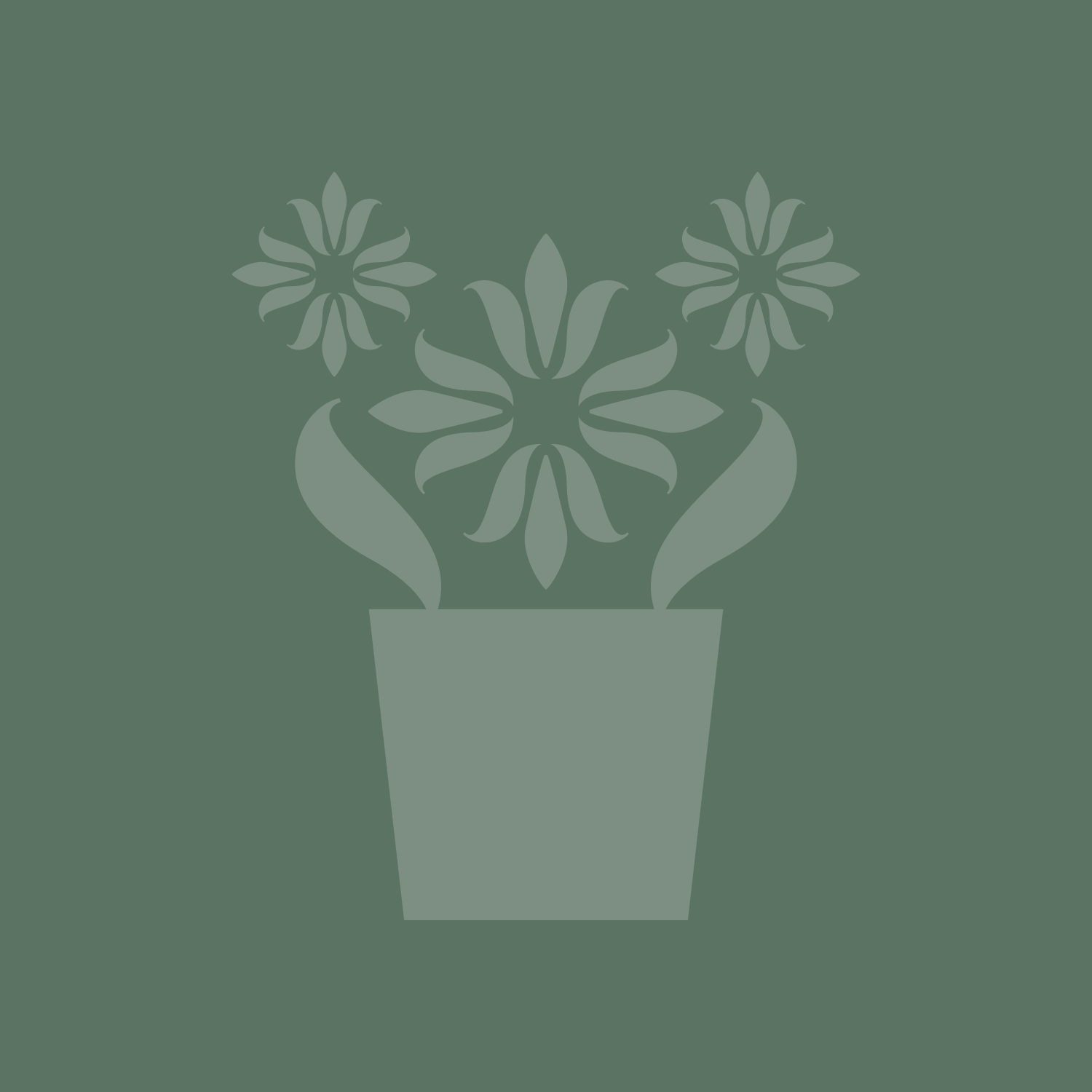Send flowers this Mothers day
Show Mom just how much you care and celebrate Mother's Day with flowers.
Shop Mother's DayBest-selling flowers and gifts
Our latest and all-time favourites that are guaranteed to delight.
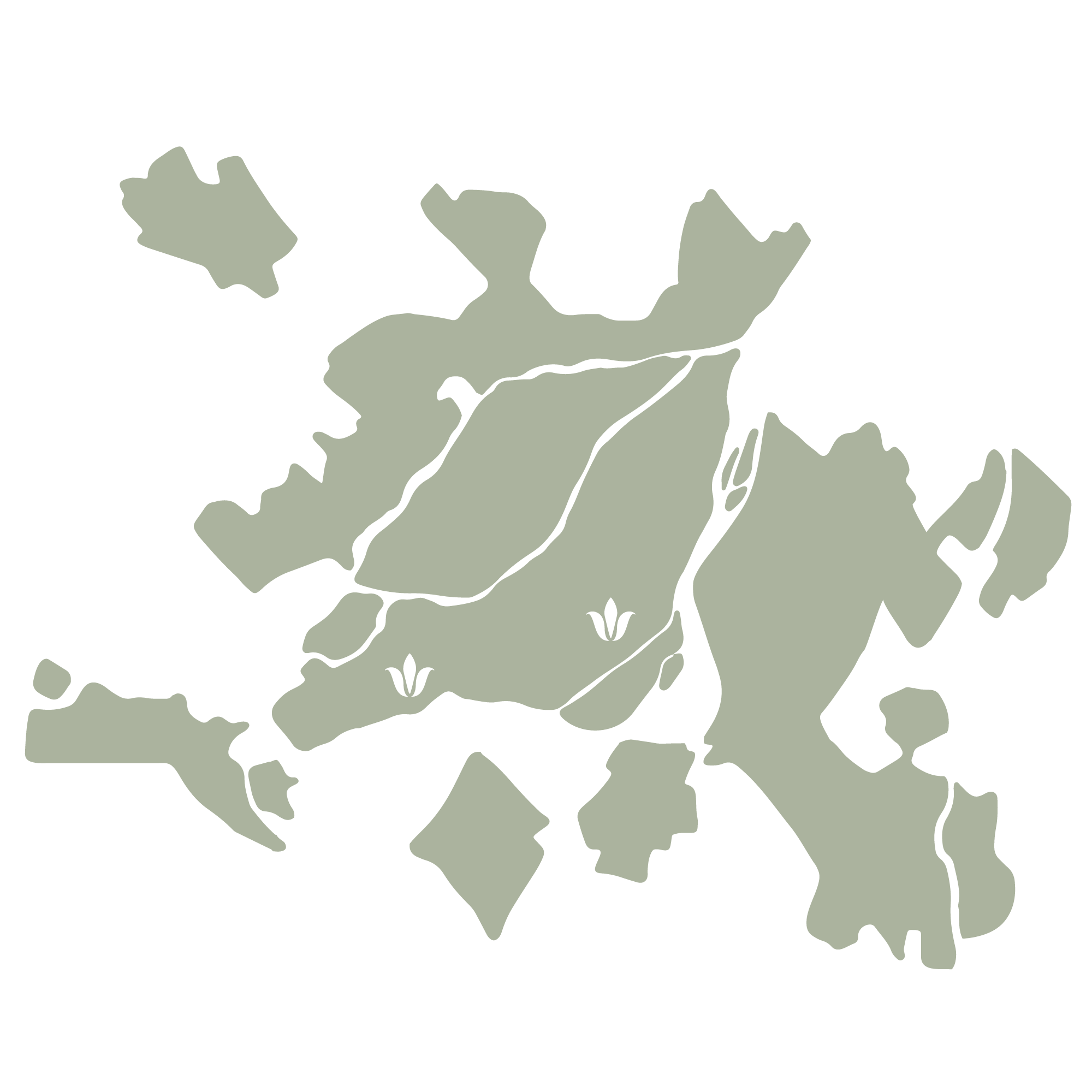
Westmount Florist has been delivering some of the finest blooms to Montreal, Laval, the South Shore and West Island for over 50 years. Thanks to our online boutique, you can now order a bouquet or arrangement with just a few clicks and send it to your loved one. See if we deliver to you.
Fine favourites
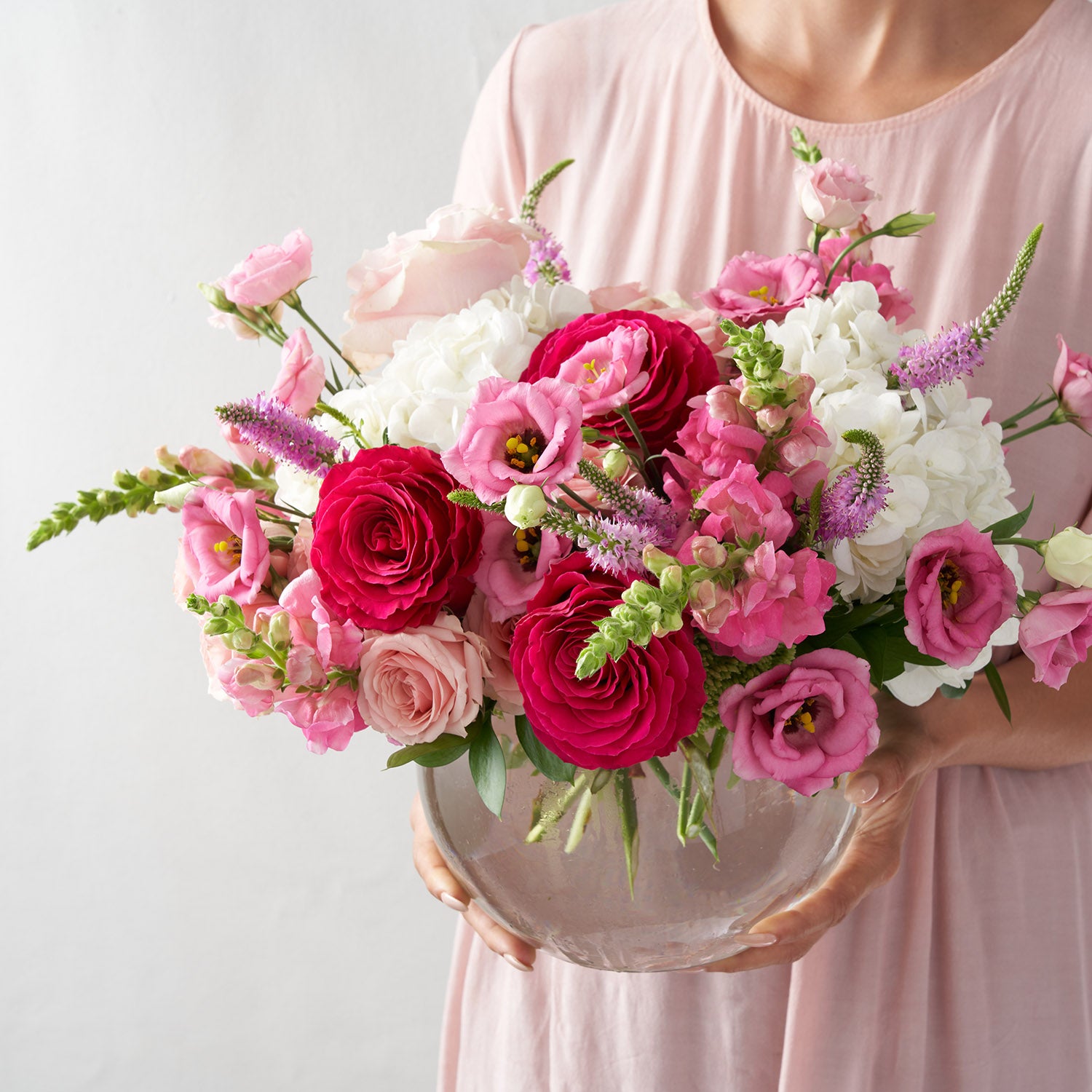
We believe that flowers are emotions manifested in physical form. Love, condolences, congratulations, regret. Let our team help you convey just the right message. We make the flower ordering experience easy, enjoyable and memorable.
Learn moreOur clients say it best
See why Westmount Florist is the go-to florist in Montreal for those who focus on attention to detail.
Eva
This is my favourite florist.
When I went there at the end of August, I knew I was at the right place. As soon as you walk in it feels so delightful. This is my favourite florist. They are professional and so kind. The bouquets are all so gorgeous with a high quality of flowers that last. Thank you for such a beautiful bouquet. I definitely 100% recommend it to everyone!
Joanne Belsito
Beautiful bouquet as always.
Smooth and on-time delivery.Can always count on Westmount Florist for great service and stunning arrangements.
Mirosław Sadowski
Great customer service, beautiful flowers.
What more can one expect from a florist?!
David Black
25 years of happy flower buying.
Westmount Florist. Always, always the go to shop for beautiful flowers and arrangements, and fantastic customer service. In Westmount, and in the West Island. 25 years of happy flower buying.
Eva C.
I knew I was at the right place
When I went there in end of August, I knew I was at the right place. As soon as you walk in it feels so delightful. This is my favorite florist. They are professional and so kind. The bouquets are all so gorgeous with a high quality of flowers that last. Thank you for such a beautiful bouquet. I definitely 100% recommend to everyone !
Kathryn Liptrott
I love Westmount Florist!
I’m in Toronto and ONLY order from Westmount when I send flowers in Mtl - the flowers are always fresh, gorgeous and delivered on time. They’re also great at the last minute orders - I love Westmount Florist!
Experience our floral creations as nature intended – up close and in person.
Westmount
360 Avenue Victoria,
Westmount, Montreal, QC H3Z 2N4, Canada
Pointe-Claire
343 Chemin du Bord-du-Lac,
Pointe-Claire, QC H9S 4L8, Canada
Follow our journey
Supplying Montreal with exceptional blooms since 1962!

